Joint pain: Cause, Symptoms, Diagnosis, Treatment, Exercise
Table of Contents
What is a Joint Pain?
Joint pain is the most common reason for people to visit the doctor and is the leading cause of disability worldwide. Unfortunately, many people who suffer from joint pain don’t get the treatment they need to alleviate their pain. This is largely due to the complex nature of joint pain and require rest with it.
There are a number of different things that you can do to treat your joint pain, and one of the most effective ways is to visit a physiotherapist. A physiotherapist will be able to provide you with the treatment that you need to feel better and get back to living your life to the fullest. They will be able to help you deal with any underlying problems that may be causing your joint pain, so that it doesn’t come back in the future.
Joint pain refers to discomfort, aches, and soreness in any of the body’s joints. Sometimes, This pain is the result of an illness or injury. Arthritis is also a common cause of pain. However, it can also be due to other conditions or factors.
Joints form the connections between bones. They provide support and help you move. Any damage to the joints from disease or injury can interfere with your movement and cause a lot of pain.
Many different conditions can lead to painful joints, including osteoarthritis, rheumatoid arthritis, bursitis, gout, strains, sprains, and other injuries. Joint pain is extremely common. In one national survey, about one-third of adults reported having pain within the joint in the past 30 days. Knee pain was the most common complaint, followed by shoulder and hip pain, but it can affect any part of your body, from your ankles and feet to your shoulders and hands. As you get older, painful joints become increasingly more common.
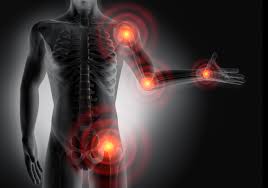
Joint pain can range from mildly irritating to debilitating. It may go away after a few weeks (acute), or last for several weeks or months (chronic). Even short-term pain and swelling in the joints can affect your quality of life. Whatever the cause of pain, you can usually manage it with medication, physical therapy, or alternative treatments.
Joint pain can be caused by injury affecting any of the ligaments, bursae, or tendons surrounding the joint. Injury can also affect the ligaments, cartilage, and bones within the joint. Pain is also a feature of joint inflammation (arthritis, such as rheumatoid arthritis and osteoarthritis) and infection, and extremely rarely it can be a cause of cancer of the joint. Pain within the joint is a common cause of shoulder pain, ankle pain, and knee pain. Joint pain is also referred to as arthralgia. The sexually transmitted diseases (STDs) chlamydia and gonorrhea can lead to pain.
Pain that seems to be coming from joints can sometimes be coming from structures outside the joints, such as ligaments, tendons, or muscles (see Introduction to the Biology of the Musculoskeletal System). Examples of such disorders are bursitis and tendinitis.
True joint pain (arthralgia) may or not be accompanied by joint inflammation (arthritis). The most common symptom of joint inflammation is pain. Inflamed joints may also be warm and swollen, and less often the overlying skin may be red. Arthritis may involve only joints of the limbs or also joints of the central part of the skeleton, such as the spine or pelvis. Pain may occur only when a joint is moved or may be present at rest. Other symptoms, such as rash, fever, eye pain, or mouth sores, may be present depending on the cause of the joint pain.
Different disorders tend to affect different numbers of joints. Because of this, doctors consider different causes of pain when the pain affects one joint than when it affects more than one joint. When multiple joints are involved, some disorders are more likely to affect the same joint on both sides of the body (for example, both knees or both hands) than other disorders. This is termed symmetric arthritis. Also, in some disorders, an attack of arthritis remains in the same joints throughout the attack. In other disorders, the arthritis moves from joint to joint (migratory arthritis).
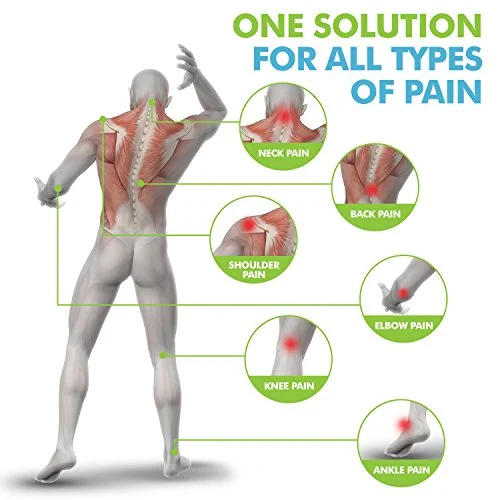
What Causes Joint Pain?
Joints are the parts of your body where your bones meet. Joints allow the bones of your skeleton to move. Joints include:
- shoulders
- hips
- elbows
- knees
- Pain refers to discomfort, aches, and soreness in any of the body’s joints. Joint pain is a common complaint. It doesn’t typically require a hospital visit. Sometimes, pain is the result of an illness or injury. Arthritis is also a common cause of joint pain. However, it can also be due to other conditions or factors.
What Causes Joint Pain?
Arthritis
One of the most common causes of pain is arthritis. The two main forms of arthritis are osteoarthritis (OA) and rheumatoid arthritis (RA).
According to the American College of Rheumatology, OA is most common in adults over the age of 40. It progresses slowly and tends to affect commonly used joints like the:
- wrists
- hands
- hips
- knees
- Joint pain due to OA results from a breakdown of the cartilage that serves as a cushion and shock absorber for the joints.
The second form of arthritis is RA. According to the Arthritis Foundation, RA affects about 1.5 million Americans. It more commonly affects women than men. It can deform and debilitate the joints over time. RA causes pain, inflammation, and fluid buildup in the joints as the body’s immune system attacks the membrane that lines the joints.
Other Causes
Joint pain can be caused by:
- bursitis, or inflammation of the cushioning pads around joints
- lupus
- gout
- certain infectious diseases, such as mumps, influenza, and hepatitis
- chondromalacia of the patella, or a breakdown of the cartilage in the kneecap
- an injury
- tendinitis, or inflammation of the tendon
- an infection of the bone
- overuse of a joint
- cancer
- fibromyalgia
- osteoporosis
- sarcoidosis
- rickets
What Are the Symptoms of Joint Pain?
In some cases, your joint pain will require you to see a doctor. You should make an appointment if you don’t know the cause of your joint pain and are experiencing other unexplained symptoms. You should also see a doctor if the area around the joint is swollen, red, tender, or warm to the touch, the pain persists for three days or more, or you have a fever but no other signs of the flu.
- Go to the emergency room if any of the following occurs:
- You’ve experienced a serious injury.
- The joint appears deformed.
- Swelling of the joint occurs suddenly.
- The joint is completely immobile.
- You have severe pain.
Symptoms and signs associated with joint pain can include:
- joint redness,
- joint swelling,
- joint tenderness,
- joint warmth,
- limping,
- locking of the joint,
- loss of range of motion of the joint,
- stiffness,
- weakness.
Differential Diagnosis:
The causes of pain range from common to rare and from not particularly dangerous to joint and life-threatening. Even the most benign causes of joint pain can lead to serious disability. The evaluation of a patient with pain calls for a detailed history and physical exam (often focusing on extra-articular findings) and occasionally the sampling of joint fluid and possibly analyzing radiologic and serologic tests.
The differential diagnosis of joint pain can be framed with the use of 3 pivotal questions. First, is a single joint or are multiple joints involved (is the joint pain articular or polyarticular). If the pain involves just 1 joint, the next question is, is the pain articular or extra-articular? Although this distinction may seem obvious, abnormalities of periarticular structures can mimic articular disease. Finally, are the involved joints inflamed or not? Further down the differential, the acuity of the pain may also be important.
The differential diagnosis below is organized by these 3 pivotal points as well. When considering both the algorithm and the differential diagnosis, it is important to recognize that all of the monoarticular arthritides can present in a polyarticular distribution, and classically polyarticular diseases may occasionally only affect a single joint. Thus, this organization is useful to organize your thinking but should never be used to exclude diagnoses from consideration.
Monoarticular arthritis
Inflammatory
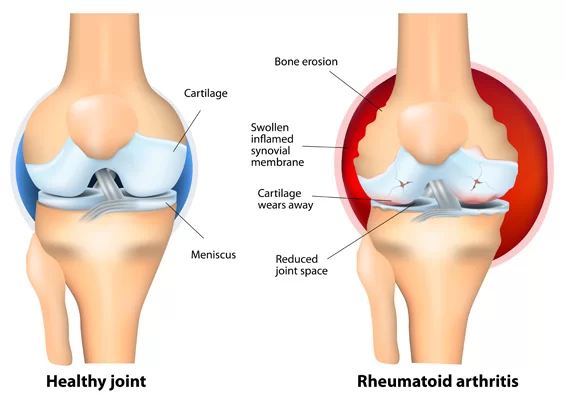
Infectious
(1) Nongonococcal septic arthritis
(2) Gonococcal arthritis
(3) Lyme disease
Crystalline
(1) Monosodium urate (gout)
(2) Calcium pyrophosphate dihydrate deposition disease (CPPD or pseudogout)
Noninflammatory
Osteoarthritis (OA)
Traumatic
Avascular necrosis
Polyarticular arthritis
Inflammatory
Rheumatologic
(1) Rheumatoid arthritis (RA)
(2) Systemic lupus erythematosus (SLE)
(3) Psoriatic arthritis
(4) Other rheumatic diseases
Infectious
(1) Bacterial
(a) Bacterial endocarditis
(b) Lyme disease
(c) Gonococcal arthritis
(2) Viral
(a) Rubella
(b) Hepatitis B
(c) HIV
(d) Parvovirus
(3) Postinfectious
(a) Enteric
(b) Urogenital
(c) Rheumatic fever
Noninflammatory: OA
Although there may not be a cure for the pain, it can be managed to bring the patient relief. Sometimes the pain may go away by taking over-the-counter medication, or by performing simple daily exercises. Other times, the pain may be signaling problems that can only be corrected with prescription medication or surgery.
Simple at-home treatments, such as applying a heating pad or ice on the affected area, may be recommended for short periods, several times a day. Soaking in a warm bathtub may also offer relief.
Exercise can help get back strength and function. Walking, swimming, or other low-impact aerobic exercise is best. Those who participate in strenuous workouts or sports activities may need to scale it back or begin a low-impact workout routine. Gentle stretching exercises will also help. Check with the doctor before beginning or continuing any exercise program.
Weight loss may also be suggested, if needed, to lessen strain on joints.
Acetaminophen or anti-inflammatory drugs (aceclofenac), may help relieve the pain. Both of these medicines are available over the counter, but stronger doses may need a doctor’s prescription. If you have a history of stomach ulcers, kidney disease, or liver disease, check with your physician to see if this is a good option for you.
Topical treatments, such as ointments or gels that can be rubbed into the skin over the affected joint area, may also help ease pain. Some of these may be found over the counter, or the doctor may write a prescription.
Dietary supplements, like glucosamine, may help relieve pain. Ask the doctor before taking any over-the-counter supplements.
If those medications or treatments do not ease the pain, the doctor may prescribe:
Supportive aids, such as a brace, cane, or orthotic device in the shoe, can help support the joint to allow ease of movement. The doctor, physical or occupational therapist, or social worker will be able to assist with the right options available.
Physical or Occupational Therapy, along with a balanced fitness program, may gradually help ease pain and improve flexibility.
Antidepressants may be prescribed to help improve sleep for a patient suffering from joint pain.
Steroids, often given by injection into the joint, provide short-term relief of pain and swelling.
Painkilling drugs that help ease the pain.
Please note that medicine, even those available over the counter, affects people differently. What helps one person may not work for another. Be sure to follow the doctor’s directions carefully when taking any medicine, and tell him or her if you have any side effects.
Treatment of Joint Pain:
There may be a Pain relieving Medicine with Physiotherapy treatment and exercise is the Best treatment for you, However, it may vary depending upon diagnosis, Cause, and symptoms of your pain.
What can be done to relieve pain?
Surgery may be a last option if the joint pain is long-lasting and does not relieve with drugs or physical therapy and exercise. Please be sure to discuss this with the doctor to make sure that an operation makes sense.
There are many different surgical options available, including:
Arthroscopy: A procedure where a surgeon makes two or three small incisions in the flesh over the joint and gets into the joint using an arthroscope, or a thin, flexible, fiberoptic instrument, to repair cartilage or remove bone chips in or near the joint.
Joint replacement: If other treatments do not help, surgery may be needed to replace the joint once the cartilage that cushions and protects the ends of the bones gradually wears away. This can be done for hip, knee and shoulder joints.
A surgeon removes parts of the patient’s bone and implants an artificial joint made from metal or plastic. This procedure has had excellent results and the majority of patients feel long-lasting pain relief after this type of surgery.
Physiotherapy treatment in Joint Pain:
Joint mobilization & soft tissue techniques
Hands-on treatment to joints and muscles can help reduce pain and allow the body to start to move more freely. Physiotherapists may use these techniques on patients alongside other treatment approaches such as exercise therapy to help patients get better quicker.
Ice packs can be used to soothe hot, swollen joints. Heat packs help to relax tense, tired muscles. Splinting of swollen or painful joints may be helpful, for example during a flare-up of rheumatoid arthritis. Your physiotherapist or an occupational therapist (OT) may provide temporary splints for you.
Exercise can help you improve your health and fitness without hurting your joints. With your current treatment program, exercise can:
- Strengthen the muscles around your joints
- Help you maintain bone strength
- Give you more energy to get through the day
- Make it easier to get a good night’s sleep
- Help you control your weight
- Enhance your quality of life
- Improve your balance
- Though you might think exercise will aggravate your joint pain and stiffness, that’s not the case. Lack of exercise actually can make your joints even more painful and stiff.
That’s because keeping your muscles and surrounding tissue strong is crucial to maintaining support for your bones. Not exercising weakens those supporting muscles, creating more stress on your joints.

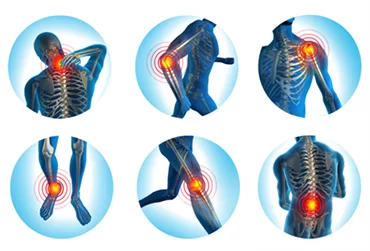
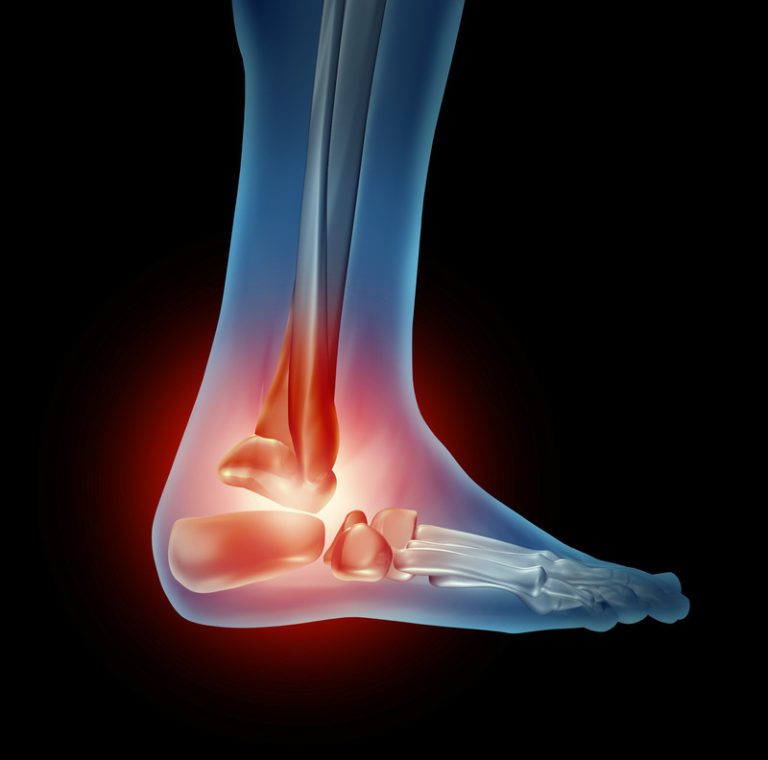
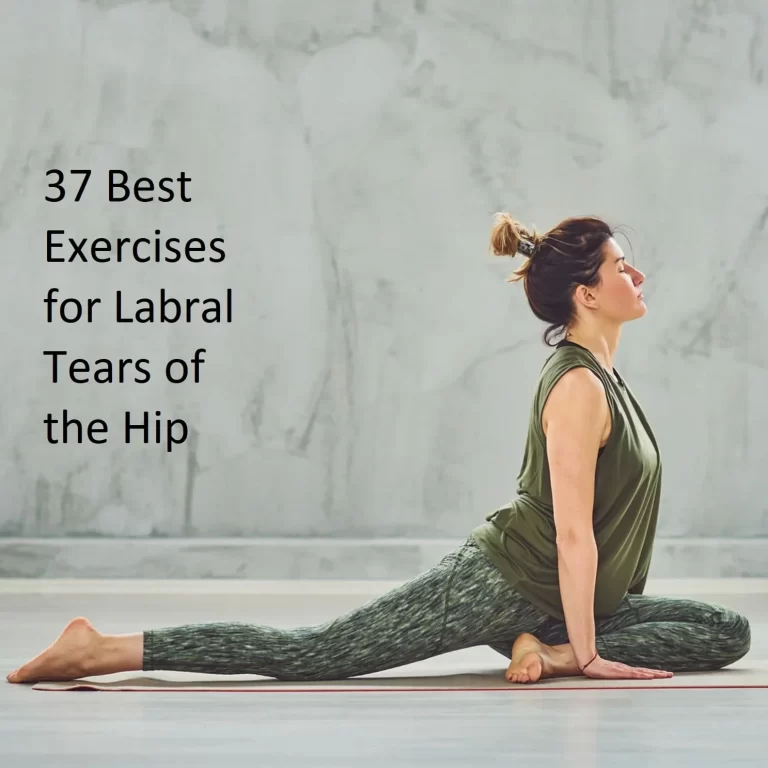
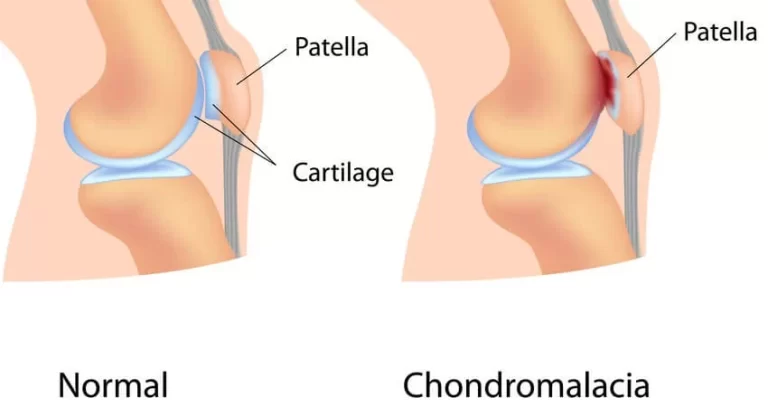
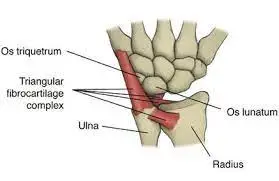
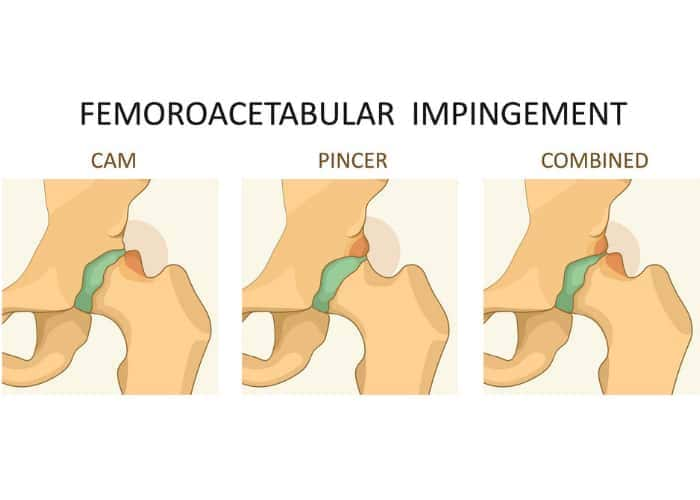
5 Comments